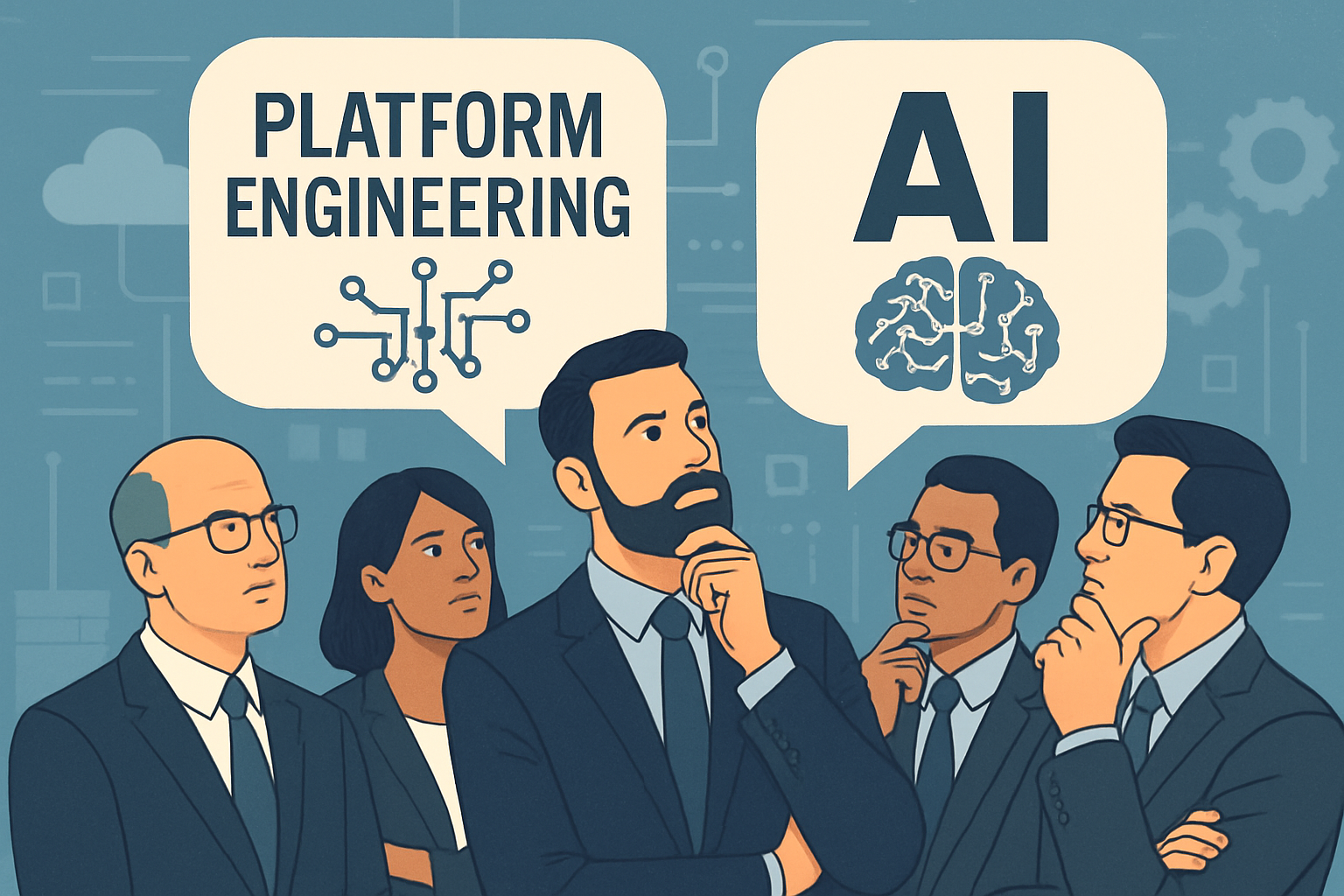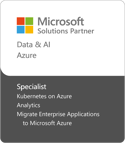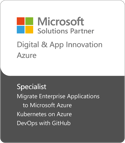Templated environments are no longer a theoretical concept—they are actively reshaping how modern organizations build, deploy, and manage software. From greenfield development to legacy modernization, from operations-driven rollouts to developer self-service, templates are enabling teams to move faster, safer, and with greater confidence.
In this final installment, we’ll walk through real-world scenarios where templated environments deliver tangible value, and then look ahead to the innovations that will define the next chapter of platform engineering.
Real-World Scenarios
1. Greenfield Workloads Example
Scenario: A product team is launching a new cloud-native application.
How templates help:
- The team selects a “microservice starter” template from the developer portal.
- The template includes IaC, CI/CD pipelines, observability integrations, and security policies.
- Developers clone the GitHub repo or instantiate the Azure DevOps pipeline, customize a few parameters, and deploy their dev environment within minutes.
Benefits:
- Accelerates time-to-first-deploy from weeks to hours.
- Ensures architectural consistency across new services.
- Reduces cognitive load for developers by abstracting infrastructure complexity.
2. Migration from On-Prem to Azure Example
Scenario: An enterprise is modernizing a legacy .NET application hosted on-premises.
How templates help:
- The platform team provides a “.NET modernization” template with Azure App Services, Azure SQL, and Application Gateway.
- The template includes a migration backlog: work items, effort estimates, and milestones.
- The ops team provisions the environment using Azure DevOps, and the app team begins refactoring in parallel.
Benefits:
- Provides a structured, repeatable path for modernization.
- Reduces risk by embedding governance and security controls.
- Aligns legacy workloads with cloud-native best practices.
3. Operations-Driven Deployments Example
Scenario: An infrastructure team needs to deploy a new regional environment to support business expansion.
How templates help:
- The team uses a “regional deployment” template from the internal catalog, which includes HA/DR configurations, monitoring, and cost controls.
- The template is deployed via Azure DevOps with minimal customization.
- The deployment is tracked and audited through the platform’s governance layer.
Benefits:
- Enables rapid, compliant infrastructure rollouts.
- Reduces manual errors and configuration drift.
- Frees up ops teams to focus on higher-value activities.
4. Developer Self-Service Example
Scenario: A developer needs a sandbox environment to test a new feature or integration.
How templates help:
- The developer logs into the internal portal and selects a “sandbox environment” template.
- The template includes limited quotas, auto-expiry policies, and pre-integrated monitoring.
- With a few clicks, the developer provisions the environment using GitHub Actions or Azure DevOps pipelines.
Benefits:
- Eliminates wait times and ticket queues.
- Encourages experimentation and innovation.
- Controls cost and sprawl through automated lifecycle policies.
The Road Ahead
Templated environments are already delivering measurable value—but the future holds even more promise. Here’s what’s next:
AI-Driven Recommendations
Imagine a developer describing their workload in natural language—and the platform recommending the best-fit template, pre-configured with the right architecture, policies, and tools. AI will play a growing role in matching workloads to templates, optimizing configurations, and even generating new templates based on usage patterns.
Benefits:
- Reduces decision fatigue and accelerates onboarding.
- Improves template discoverability and relevance.
- Enables intelligent defaults based on organizational context.
Policy-Aware Templates
Templates will become smarter about context. A single template could adapt its behavior based on who is deploying it, what environment it’s targeting, or what policies are in effect. This dynamic enforcement of governance will reduce friction while maintaining control.
Benefits:
- Balances developer autonomy with enterprise compliance.
- Reduces the need for manual policy enforcement.
- Enables context-sensitive customization without code changes.
Cross-Cloud
As multi-cloud strategies mature, templates will evolve to support deployment across Azure, AWS, GCP, and hybrid environments. This will require abstraction layers, modular architectures, and cloud-agnostic tooling—but the payoff will be enormous flexibility and resilience.
Benefits:
- Future-proofs workloads against vendor lock-in.
- Supports global expansion and regulatory requirements.
- Enables consistent deployment patterns across clouds.
Final Thoughts
Templated environments are not just a technical innovation—they are a cultural shift. They represent a new way of thinking about infrastructure, governance, and developer experience. By treating environments as products, platform teams can deliver reusable, secure, and scalable foundations that empower every team in the organization.
As we look to the future, the organizations that embrace templated environments—and invest in the platforms, portals, and practices that support them—will be the ones that innovate faster, operate more securely, and deliver more value to their customers.
BACK:
Part 4: Platform Engineering and Developer Portals: Enabling Self-Service
NEXT:
BONUS: Platfrom Engiineering FAQ









